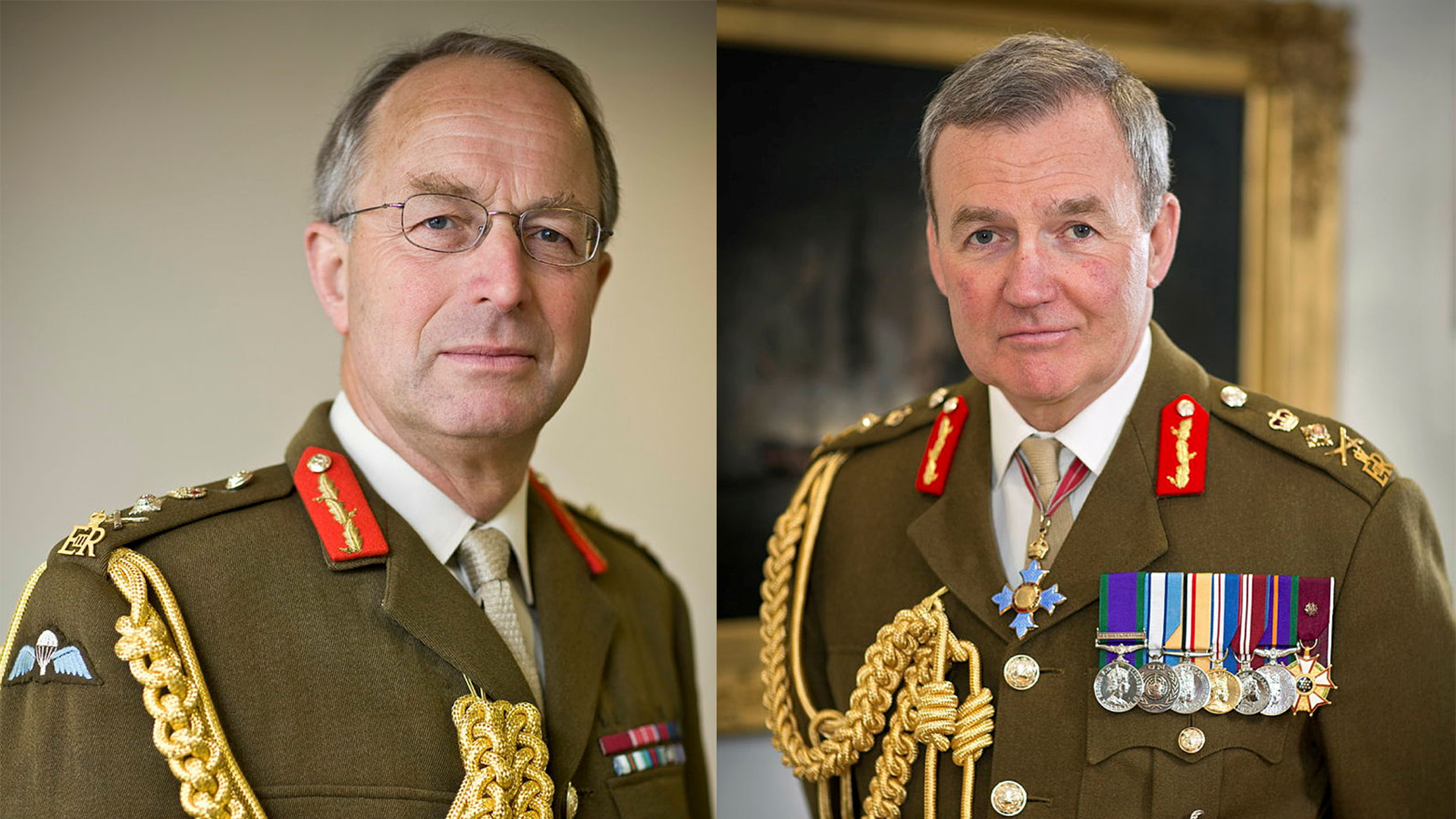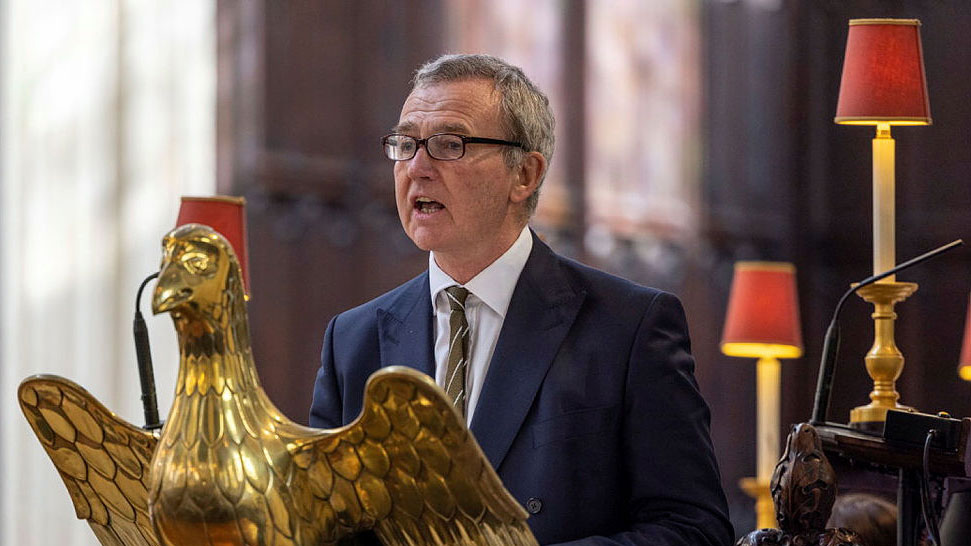
Five star rank Field Marshal comes with prestige – and a red velvet baton

Major General Alastair Bruce, who served in the Scots Guards and was Governor of Edinburgh Castle, explains the significance of the top Army honours.
The appointments of two Honorary Field Marshals came as a surprise to some since a decision in the 1990s which put the substantive Five Star rank into suspension.
So why has the King appointed the Lord Richards of Herstmonceaux and General the Lord Houghton of Richmond to this top rank in the British Army?
Both of them served a full career in the Army before being chosen, in their turn, as Chiefs of the Defence Staff, between 2010 and 2016.
Significantly, both of them have been retired from military life for some years, which is the clue to how this rank still exists.
Its suspension had been an act of common sense to reflect force reduction, following the Cold War that led to a much smaller Army.
Added to this was the Peace Dividend and the pragmatic end of the tradition that Field Marshals never retired but earned half pay until death.
Also, it reflected the decline in global influence, with the end of an imperial role for Great Britain.
It had felt increasingly inappropriate at Nato conferences when the senior US General was required to stand up for or salute his, invariably subordinate, British equivalent, because the Field Marshal held higher rank.

United States tradition holds that the five star rank of General of the Army is only conferred by Congress in wartime, and, even then, it was rare.
The rank of Field Marshal has its own history that evolves from the court structure of the Byzantine empire, which existed from the third to the 15th centuries and it evolved as a sovereign's appointment.
This template was reflected in the developing monarchies of Europe.
One of the appointments that these Christian kings made was a Marshal.
In England this was the "Earl Marshal", who was responsible for organising court activities and defending the Sovereign.
Mediaeval monarchs expected their Earl Marshals to coordinate and command their armies in battle.
However, the appointment became hereditary, in the dukes of Norfolk (which it still is) and, while many of their number proved good leaders in the field, hereditary appointments couldn't guarantee this.
In the 18th century, monarchs appointed top military commanders to be their marshals in the field, as it were "representing" the Earl Marshal, which meant that the Earl Marshal became increasingly ceremonial and the Field Marshal was born.
The symbol of the Earl Marshal in the United Kingdom is a golden baton, with ebony ends, which the Duke of Norfolk still carries and thus, when monarchs wished to elevate the position of top military generals in the field, they were appointed as Field Marshals and presented with a baton as a personal gift.
So the rank and the baton have always been a sovereign's personal appointment in the UK.
Lord Bramall served in the Second World War and was appointed Field Marshal just after the Falklands War, before he became Chief of the Defence Staff.
He was almost the same age as both Queen Elizabeth II and Prince Philip and knew them well.

When the substantive rank of Field Marshal was effectively ended by the Government in 1994 with the appointment of Lord Inge, Lord Bramall began a campaign to keep the rank in existence.
Over time, he persuaded the late Queen to revive it as an honorary rank, which means that it carries absolutely no formal duties or role whatever but is a reward for service to the nation from the sovereign.
Elizabeth II was persuaded and appointed Lord Inge's successor, Lord Guthrie, along with the King, then Prince of Wales, in 2012.
Gradually, since this precedent was created, former Chiefs of the Defence Staff have been granted five star rank but only after a suitable time in retirement, to underscore that this is no longer an active rank in any way but entirely intended as an honour based upon a long-standing tradition.
Lord Walker of Aldringham was the last former Chief of Defence Staff appointed Honorary Field Marshal in 2014.
While Chiefs of the Defence Staff from the Army are made Field Marshals, those from the Navy and Air Force become Admirals of the Fleet and Marshals of the Royal Air Force, respectively.
For these two new Honorary Field Marshals nothing will be required by the Armed Forces beyond continuing goodwill and, if asked, the provision of sage and confidential advice to their successors in command; in much the same way that Honorary Colonels and Colonels-on-Chief provide support to the fighting men and women of the modern Army in their role to train and, where necessary deliver precise, calculated and legal violence against the King's enemies.
But, in due course, the King will give both of them a baton of red velvet, topped by a golden St George, on horseback slaying a dragon, while, on the base, is inscribed their name and that of the King.









